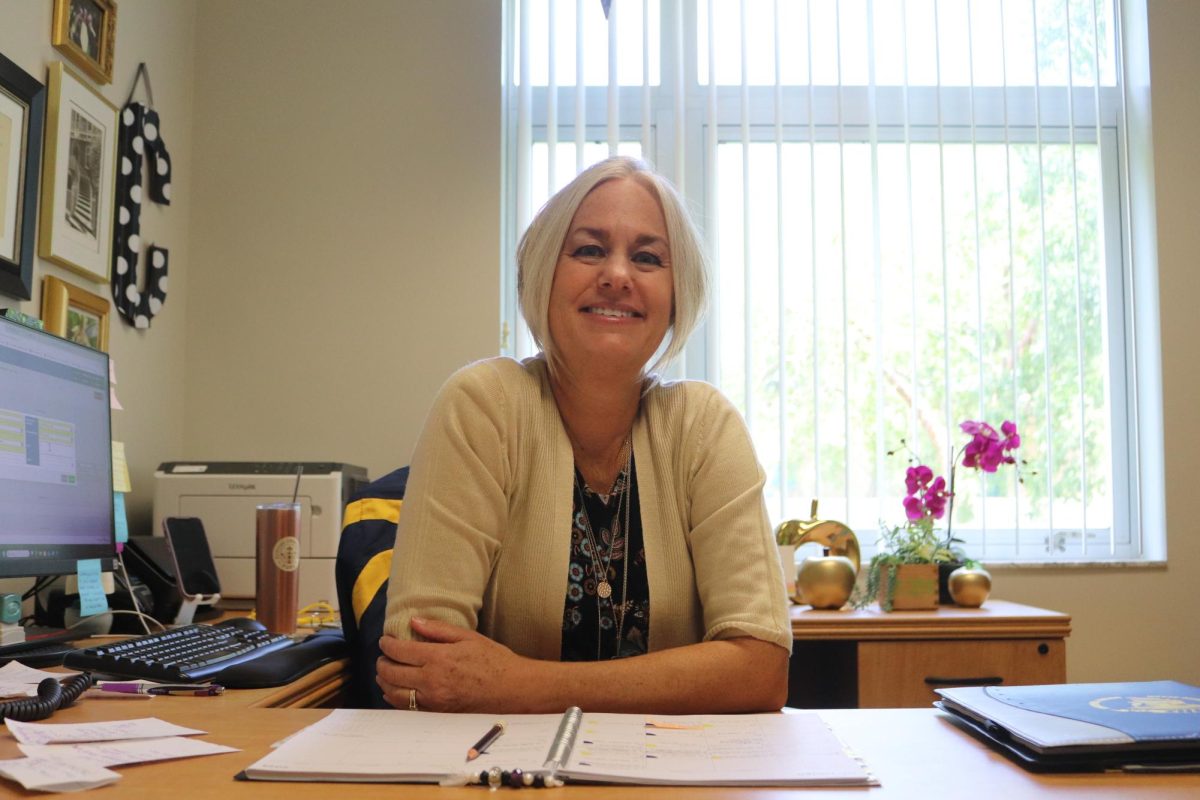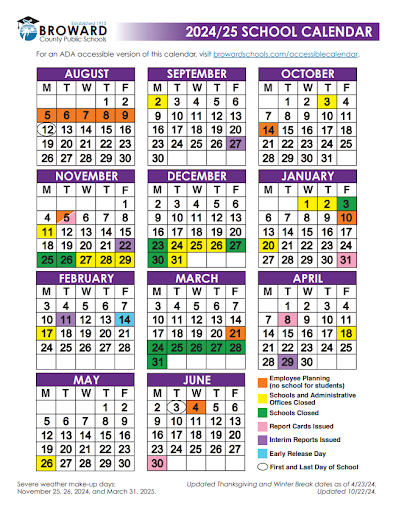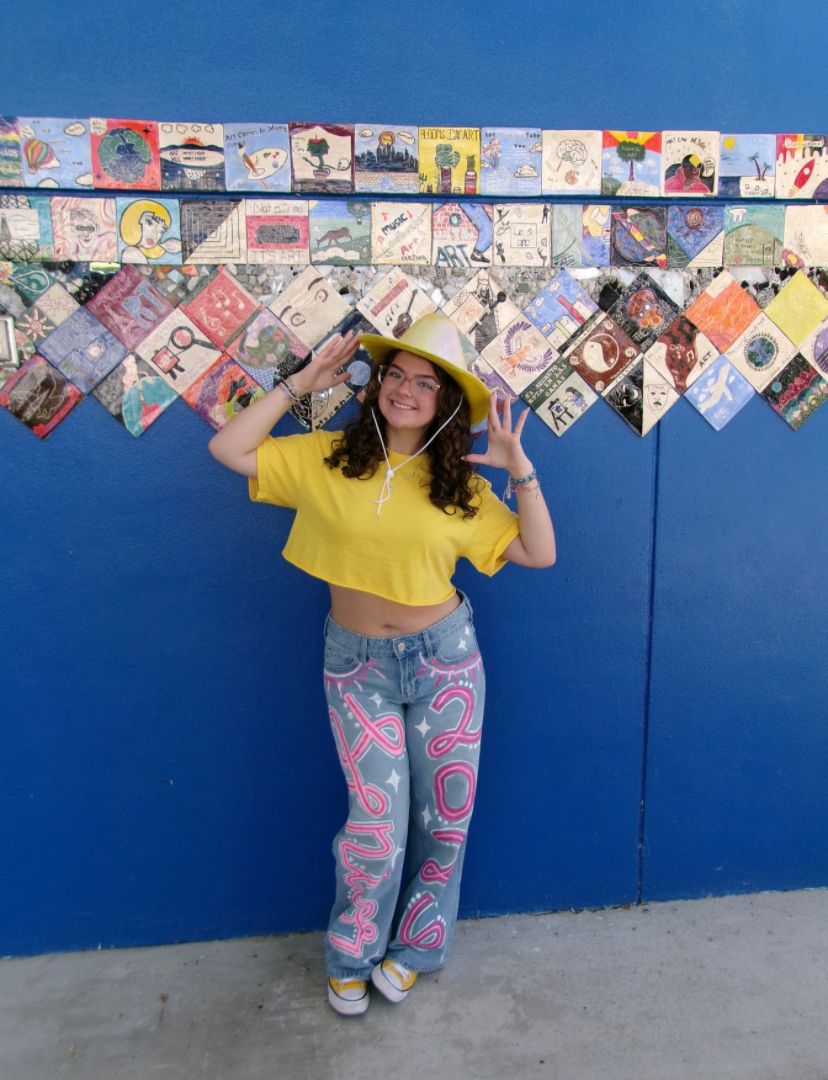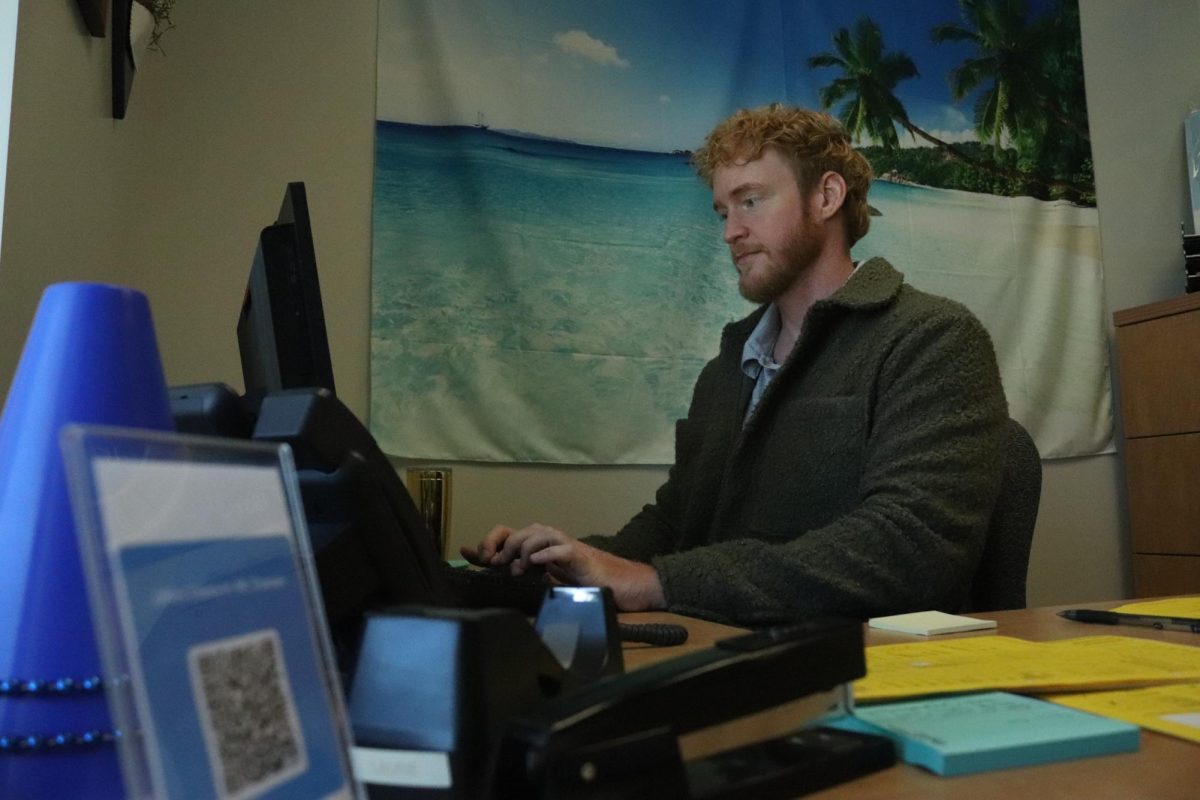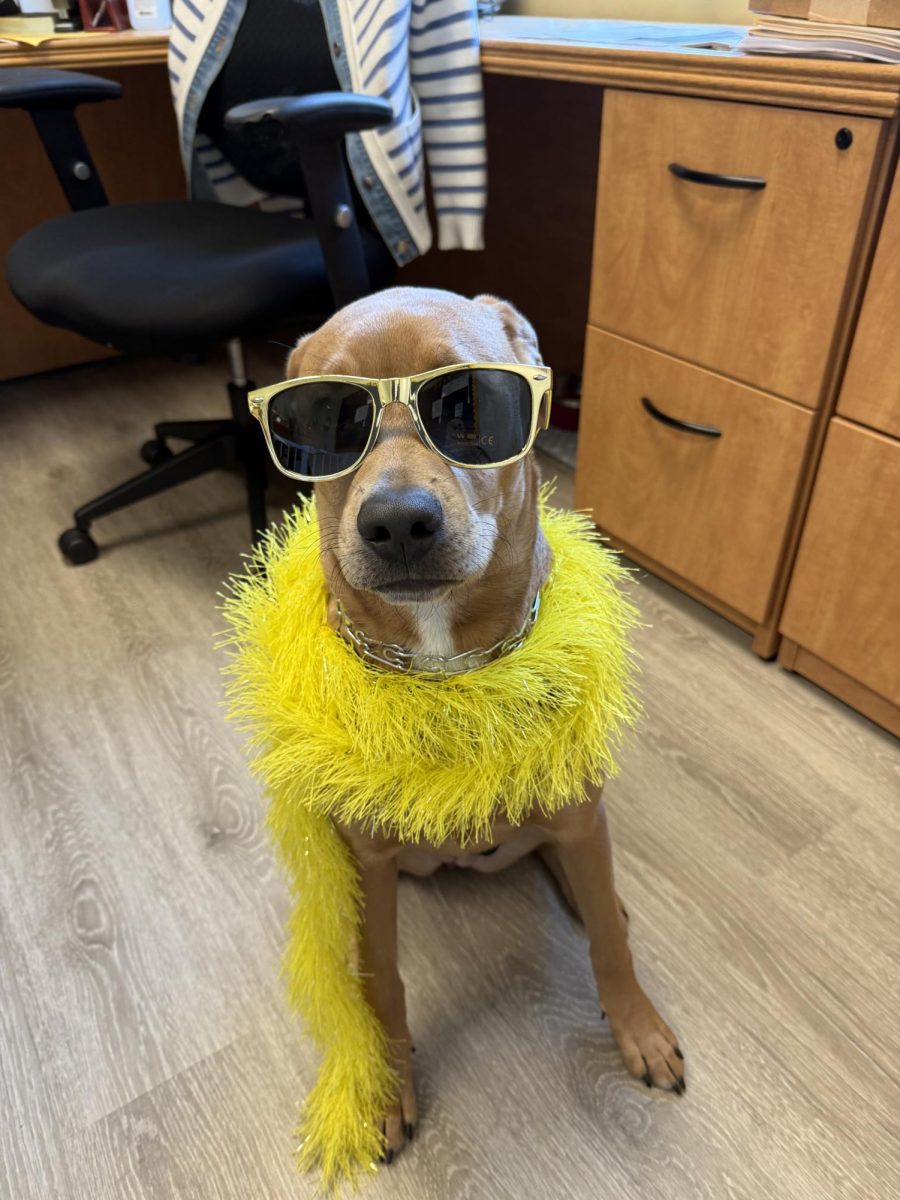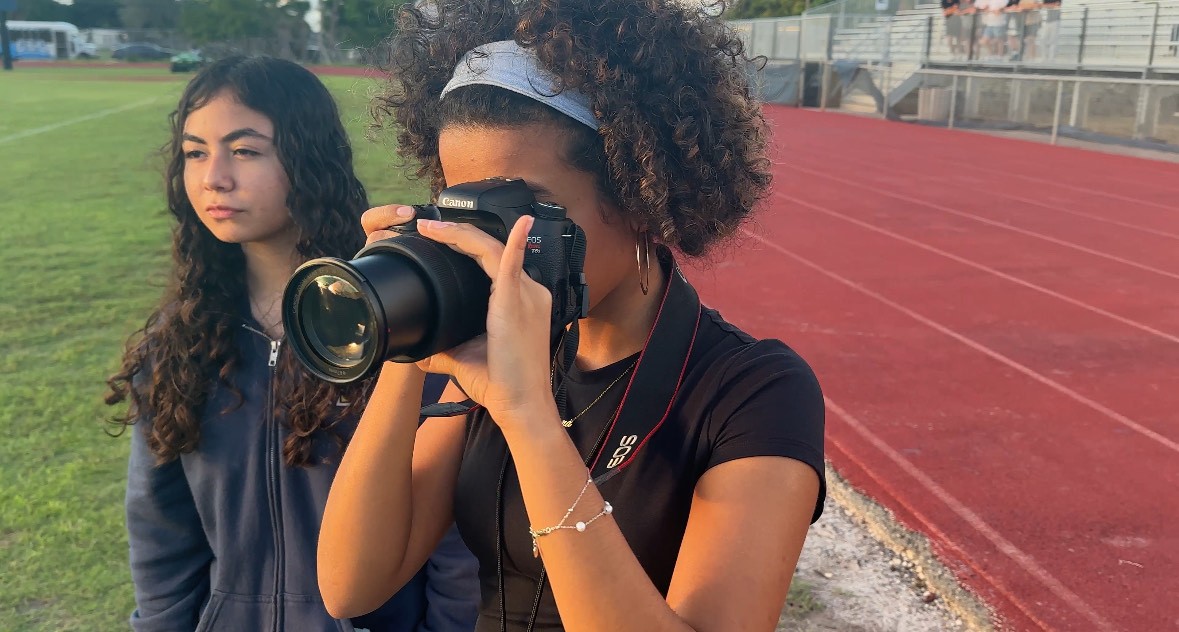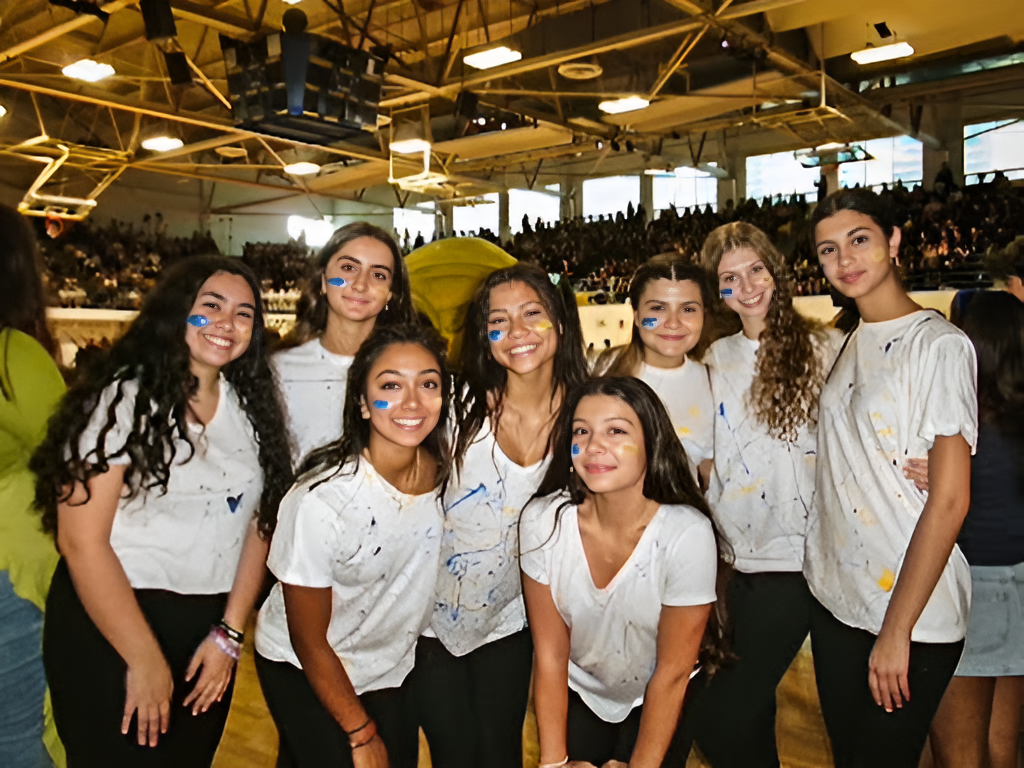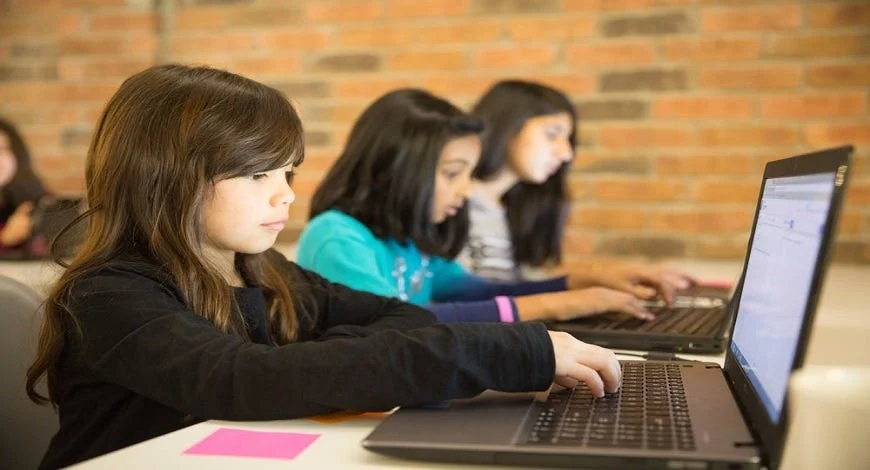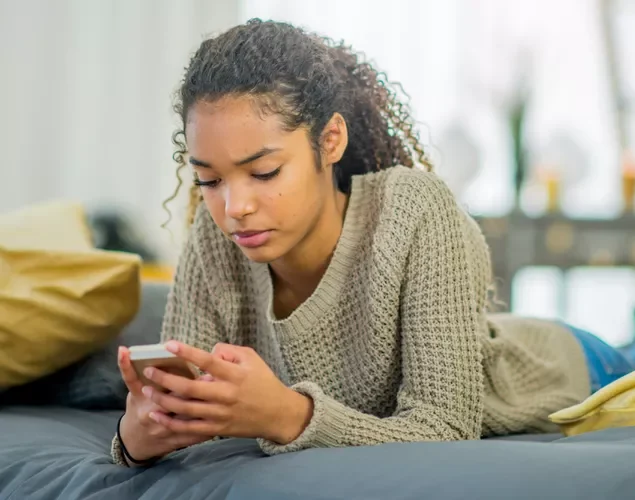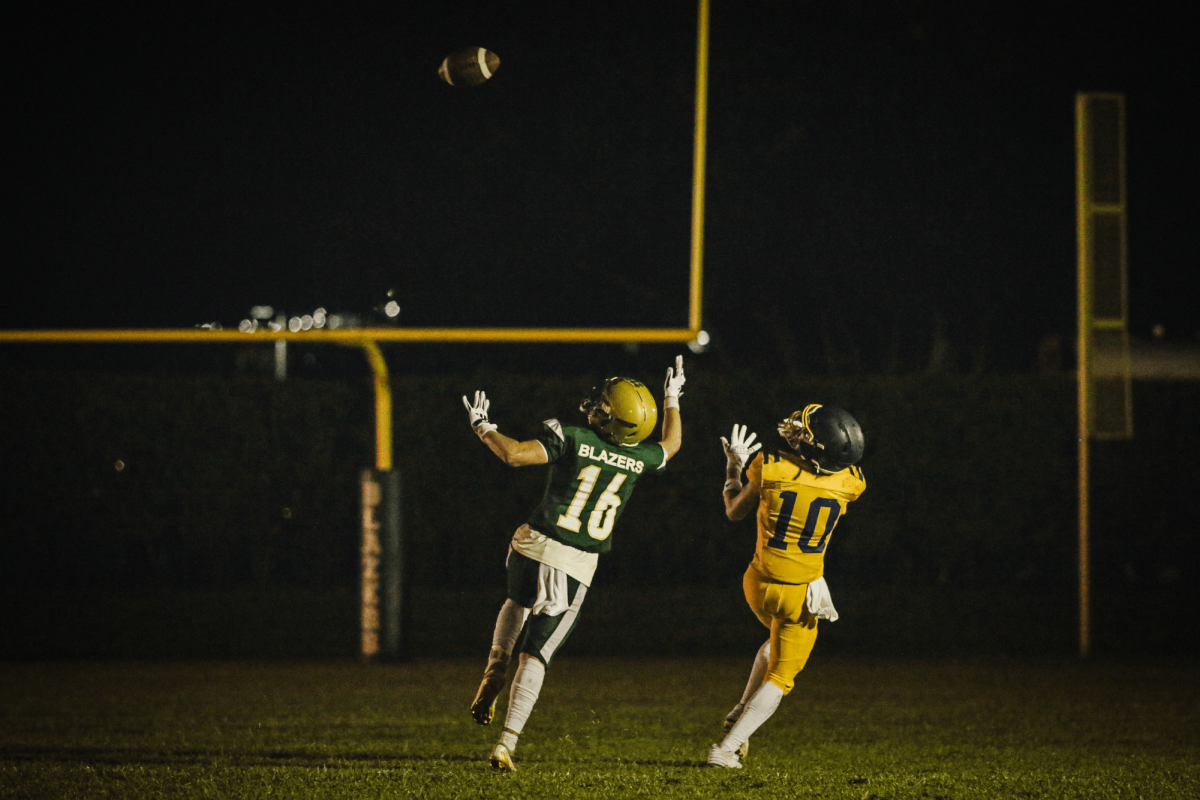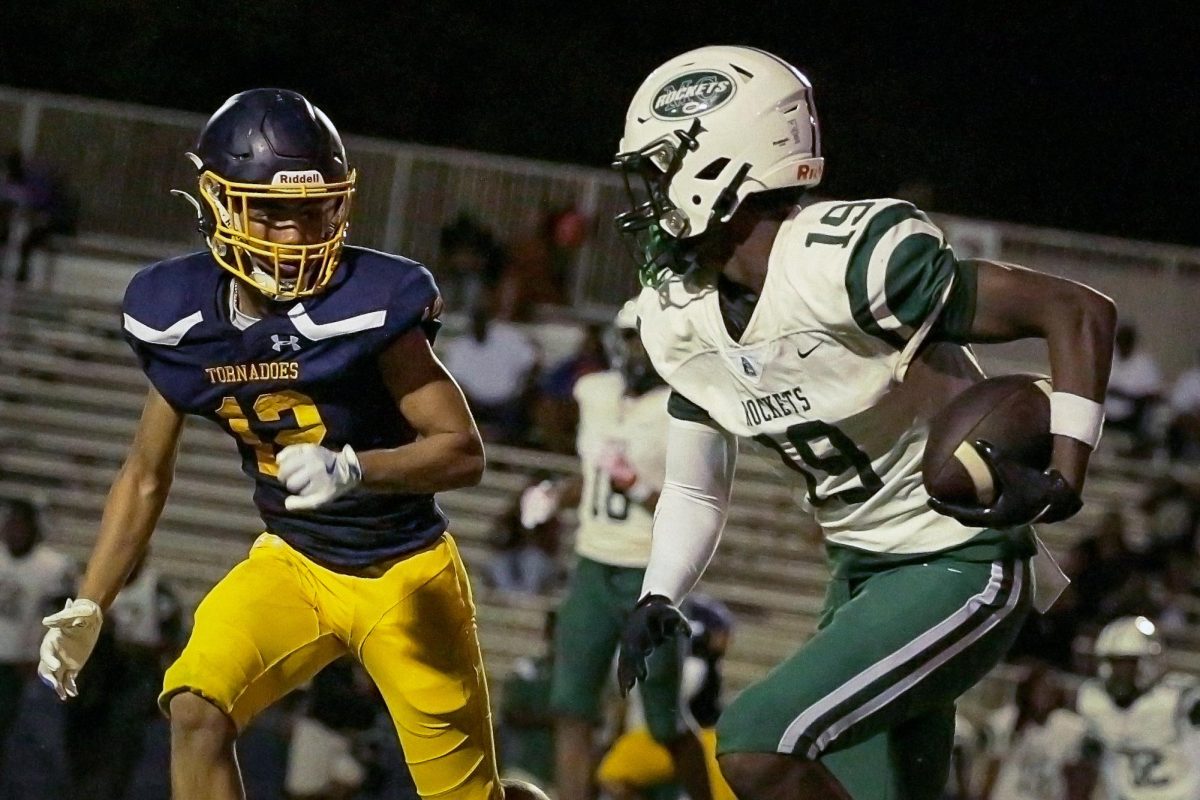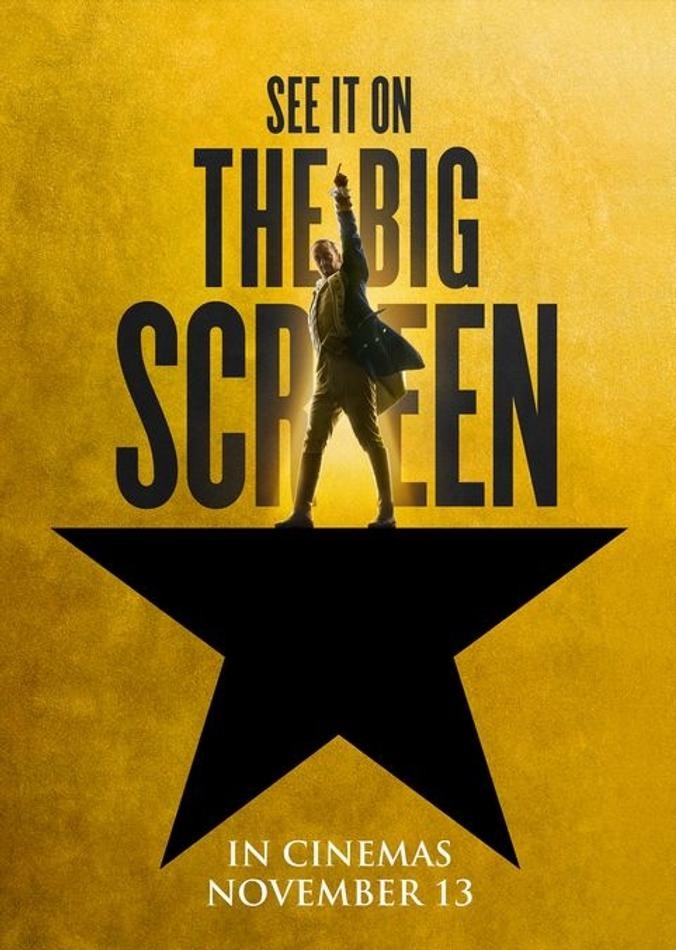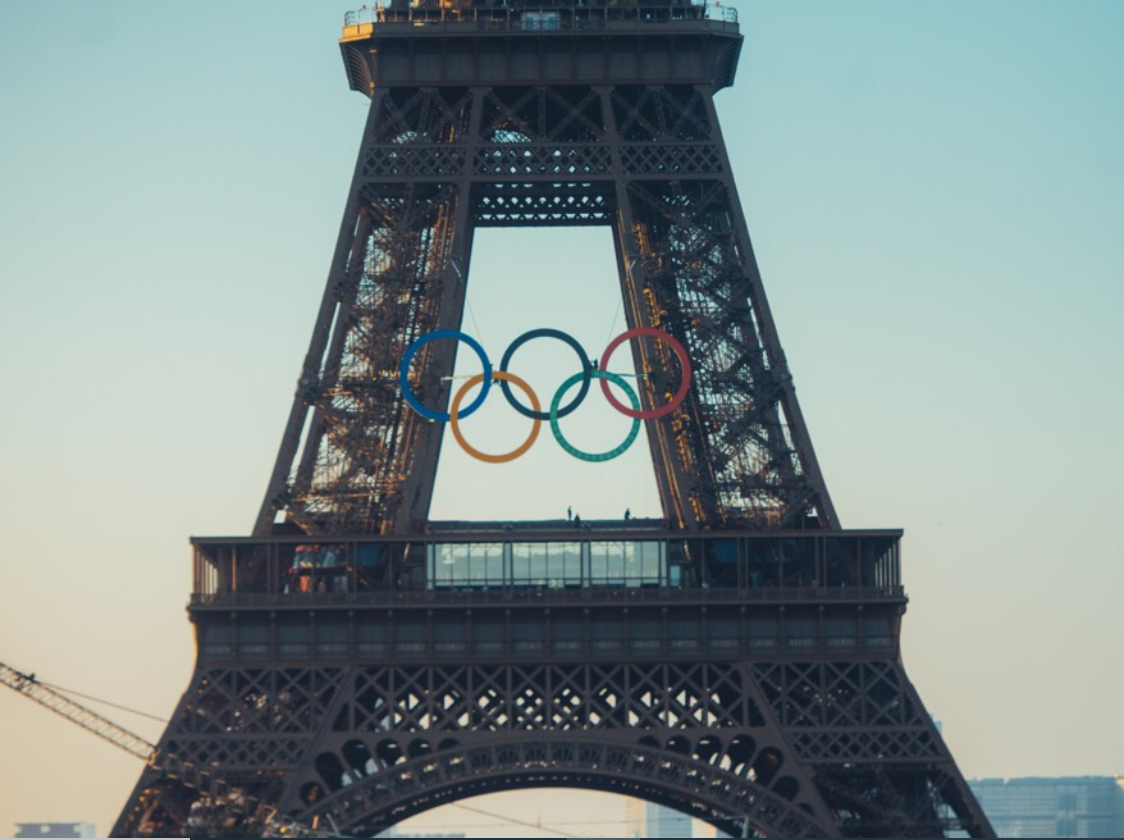After four years of waiting and training, the 2024 Paris Olympic and Paralympic Games arrived. This year’s support, both in person and at home, was overwhelming compared to the previous 2020 Tokyo Games. According to NBC, at-home viewership increased by 82%, with a total of 30.6 million people watching through affiliated channels. The in-person viewers this time included athletes’ families as well.
“…it was nice to have my family there, I know they really enjoyed it and I felt happy to be able to compete in front of them instead of through a screen,” Mary Tucker said.
Tucker is an Olympic rifle shooter who competed in the Tokyo and the recent Paris Olympics. She originally tried out for her high school’s JROTC club but was told that she should do something else. Instead, she found the motivation to prove her abilities and taught herself on YouTube for a few months before finding support from her coach. She has competed in multiple Games, even winning a silver medal in the 10m air rifle mixed event in the Tokyo Olympics.
Through these experiences, she has become a mental health advocate. “Advocacy has helped my sport a lot, athletes are more open and helpful with each other, and I think coaches and those around us are beginning to understand how much it can affect our performances,” Tucker said. “In the whole world, I think sports are shining a really bright light on mental health, and I hope we can continue to do so and keep improving people’s quality of life via a more accepting society.”
This attitude is what high school athletes are watching in the Olympics now. It is not limited to just one athlete or one sport anymore.
Gemma Wollenschlaeger is a first-time Paralympic rower this year and a silver medalist in the mixed PR3 coxed 4 rowing event. She tried many sports – volleyball, tennis, swimming, field hockey, and lacrosse – before finding rowing. She also keeps mental health a priority.
“Time management is hard and choosing what to prioritize is hard,” Wollenschlaeger said. “ The biggest lesson I learned was…to do something that is going to fill up another bucket, so your only full buckets are not sports and school.”
Wollenschlaeger also had a unique take on an oft-repeated reminder in sports of giving 110%. Coaches usually use it as a synonym for grit and digging deep, but Wollenschlaeger views it a little differently.
“110% effort is not just what you do in your sport, but more importantly how do you keep the effort going and taking the extra step outside of practice too. It is common to give it your all at practice when you need to, but what about the stretching, the hydration and nutrition, the sleep, your mental health, and all the little things that add to the big picture. That is where you find the extra 10%.” That extra 10% can be hard to find during a grueling schedule of school, extracurriculars, sports, jobs, and social time for high school students.
This lesson can be seen with Noah Lyons, a first-time Olympic windsurfer this year. This was also the first year that the iQFoil windsurfing board replaced the RS:X. Instead of sitting on the water, athletes now appear to fly over the water because of the style of the board. He competed in course racing and the sprint slalom, qualifying for the quarterfinals and finishing 9th place. His attitude focuses on loving what you do and letting that be your motivation. Lyons graduated from USF with a degree in microbiology. Instead of continuing on that path, he decided to pursue something he loved, knowing that he would have the rest of his life to further his career. He keeps doubt at bay by maintaining a steady mindset.
“You learn more from the bad moments than the good. Take the bad with stride and roll with the punches. Every bad moment is a lesson that you take with you,” Lyons said. “I stay oriented to my long-term goals. For example, my long-term goal now is to win a medal in 2028, so everything from here is a stepping stone to that goal. If I do bad at an event, it’s easy to get down but I remind myself it’s making me better and teaching me things to be better for my overall goals.”
This mindset is also how Wollenschlaeger is looking ahead to the 2028 Los Angeles Games. Even though it is just a short time after the 2024 Paralympics, she is already doing the work to prepare.
“First, I am getting my body right and feeling good. A Paralympic cycle takes a toll on your body and it’s a priority to get it right and ready to go again to be successful. It is also important to get your mind right. A lot of thoughts go through your mind as you build up for the Games through selection, preparation, and the race and result.”
One of the ways she does that is through the use of mantras.
“Something that really helped me in Paris was using a mantra. The mantra that I used on the day of the race was:
I am doing this
I am fast
I am capable
I am strong
I am brave
I am a Paralympian
I am her
I am Gemma.”
While this is a common strategy among high-level athletes, Tucker has taken her spin on the same idea. “Mental training for me is mostly visualization and affirmations. Visualization in terms of watching myself compete and achieve goals like if it were a movie, and then shifting perspective to seeing through my own eyes those same things, it allows me to be comfortable doing anything because I have already done it in my mind,” Tucker said. “The more you repeat statements about yourself, the more your brain actually believes them, so building yourself up makes success come a lot easier.”
These strategies can be easily adaptable and are suitable for anyone, not just Olympic athletes, but at any level. They can be key in keeping a golden mindset.

